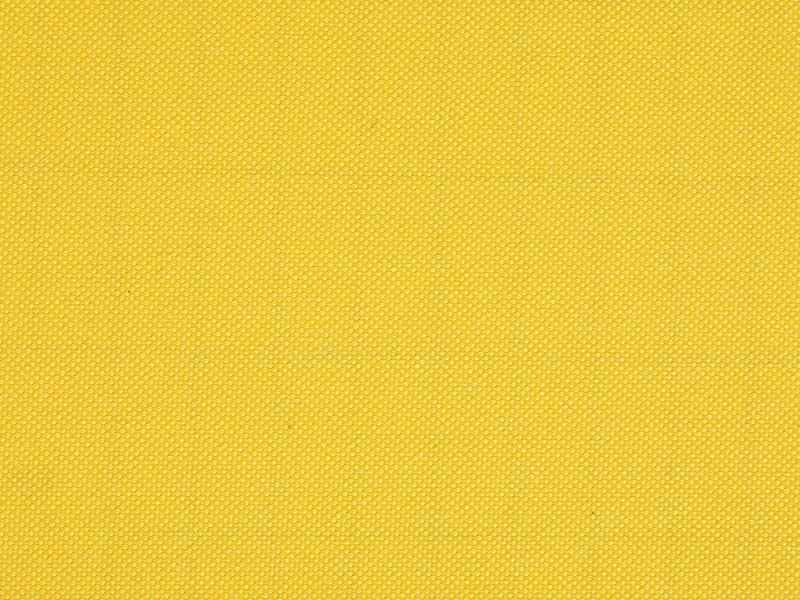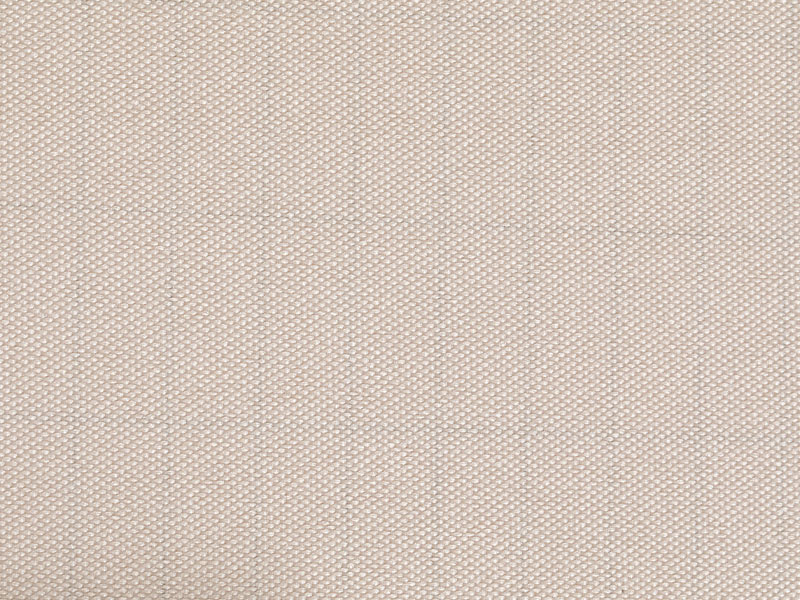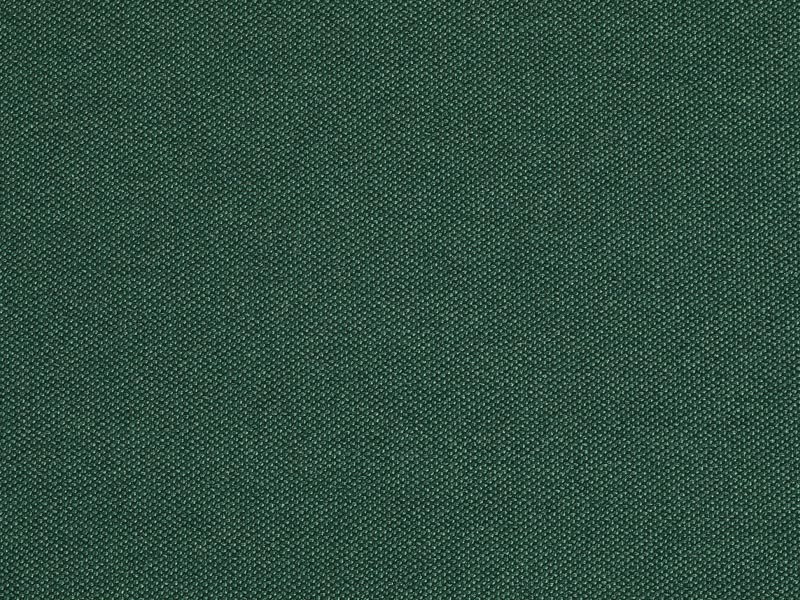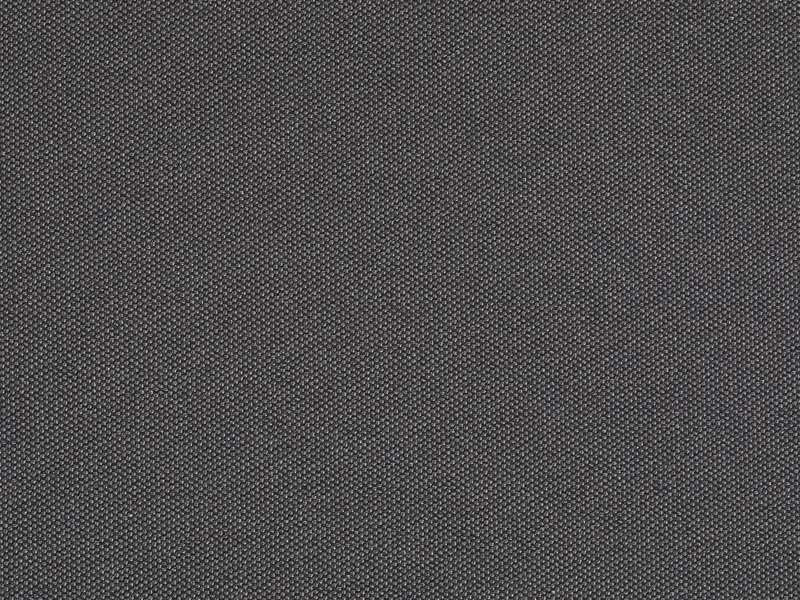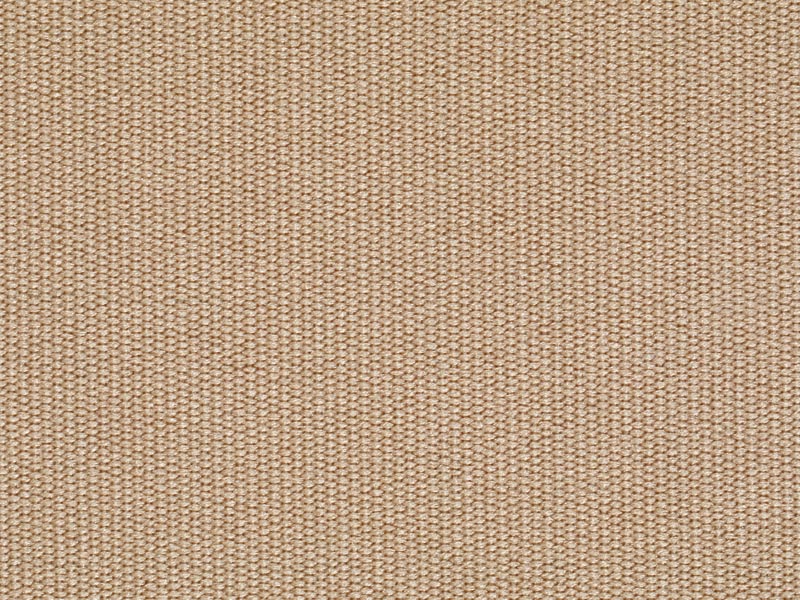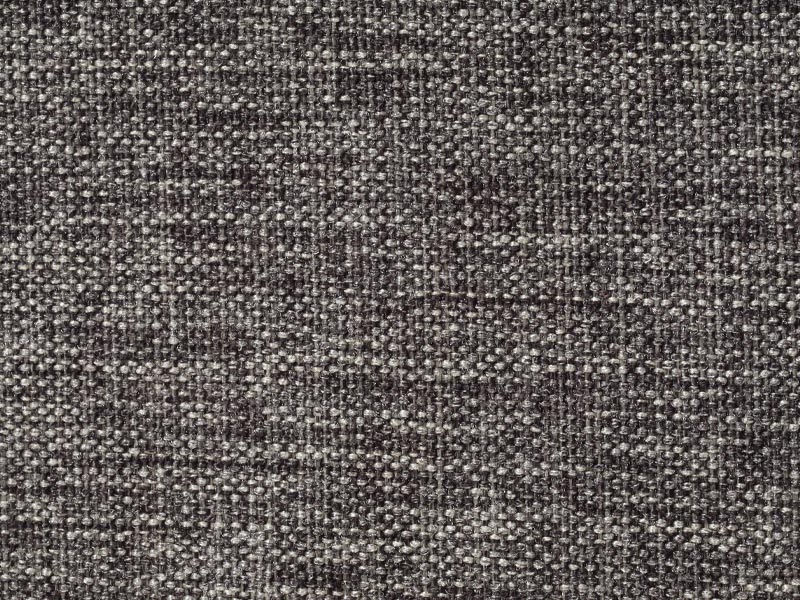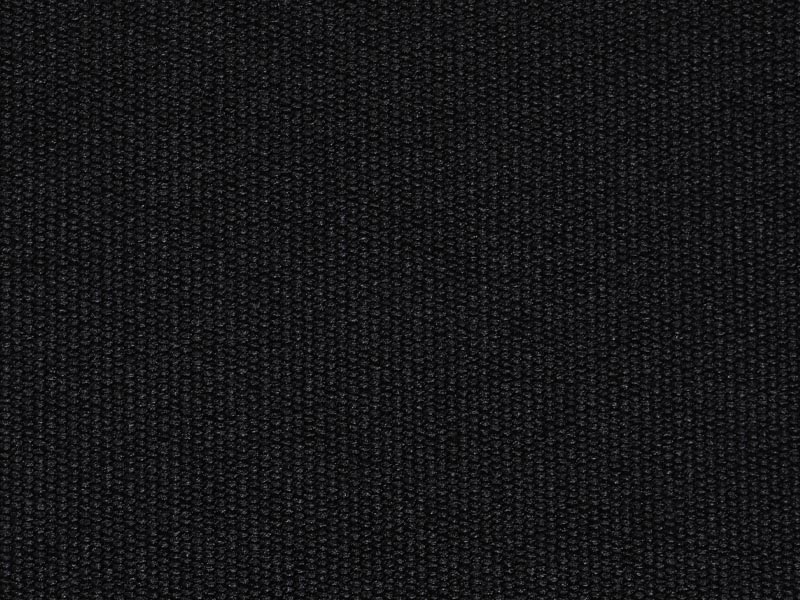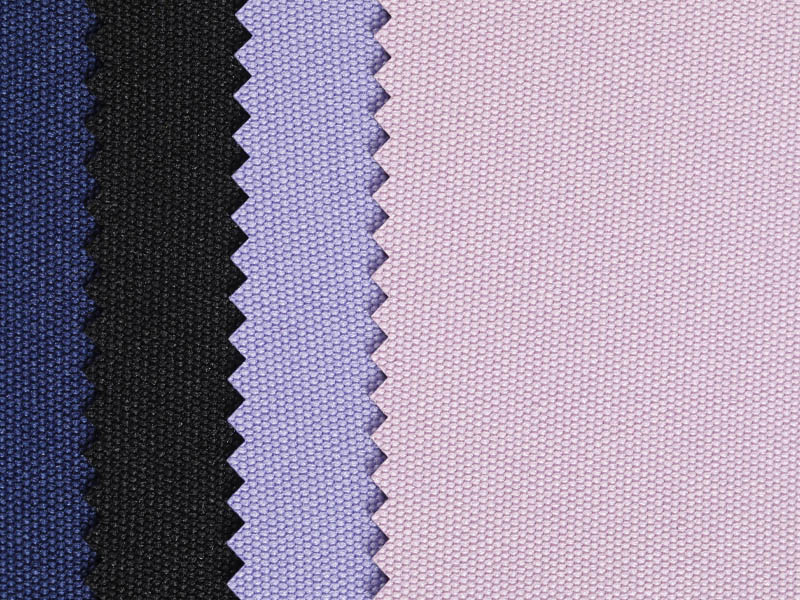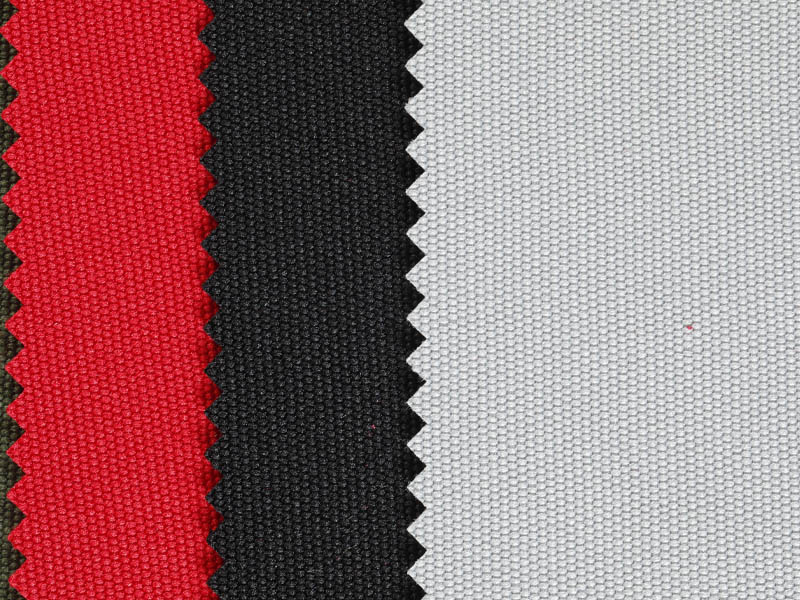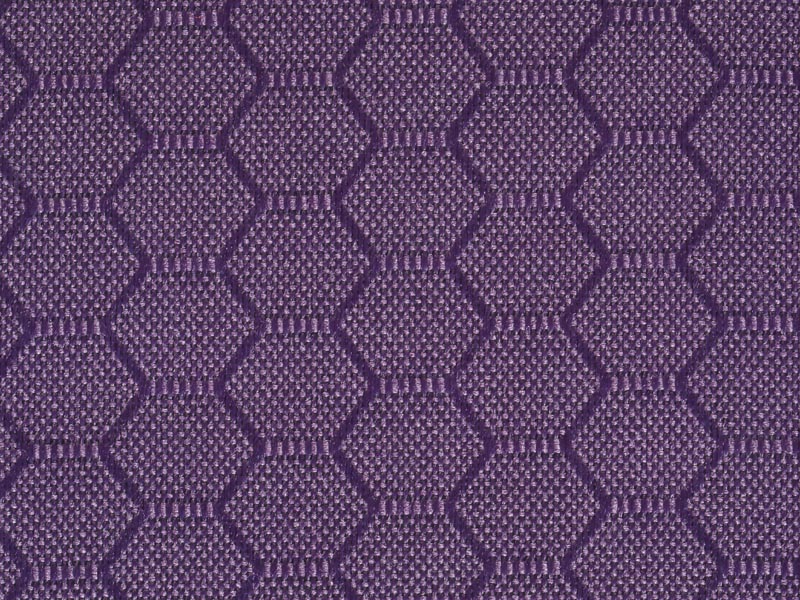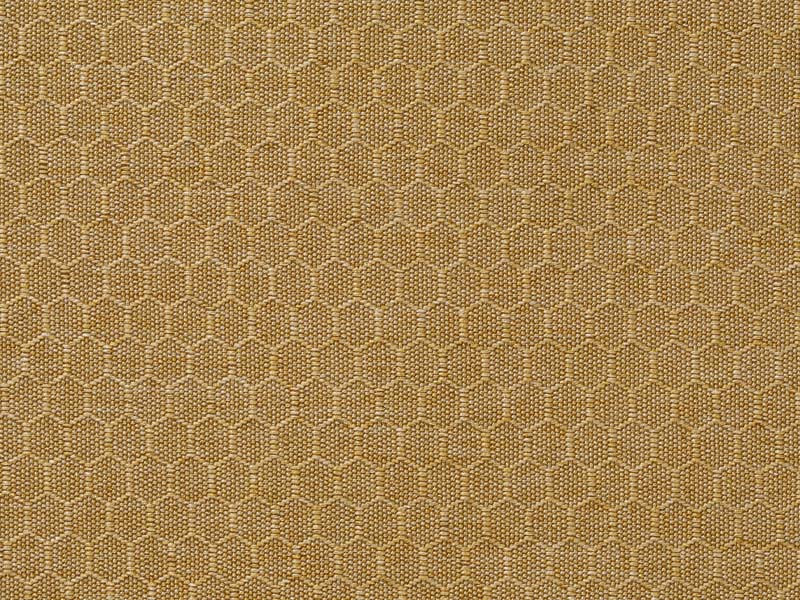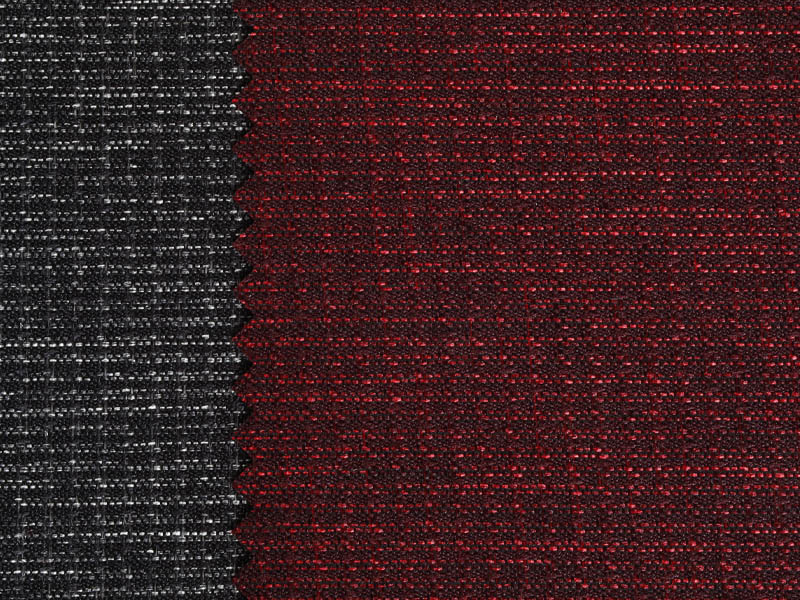The Impact of Fabric Structures on the Performance of Tent Fabric
Posted by Admin
OEM lightweight waterproof tent Fabric Material Supplier
The tent fabric is the backbone of any tent, providing the necessary strength, durability, and protection against the elements. The choice of fabric structure plays a crucial role in determining the overall performance of a tent. This article will explore how different fabric structures, such as plain weave, twill, and satin, influence the properties of tent fabric. We will also discuss how fabric density, thickness, and weight affect the durability and comfort of tents, providing insights into the selection of the right tent fabric for various applications.
The Role of Fabric Structures in Tent Fabric:
Fabric structure refers to the way yarns are interlaced to form the fabric. In the context of tent fabric, three common structures are plain weave, twill, and satin. Each structure offers unique benefits and characteristics that can impact the performance of a tent.
Plain weave is the simplest and common fabric structure, where each warp thread alternates over and under each weft thread. This structure is known for its stability and strength, making it a popular choice for tent fabric. The simplicity of the weave allows for a more even distribution of tension, which can contribute to the tent's overall durability. However, the plain weave tent fabric may not be as soft or comfortable as other structures due to its firmness.
Twill fabric is characterized by a diagonal rib pattern, with one weft thread passing over several warp threads before passing under one. This structure provides a slightly more textured and softer feel compared to a plain weave, which can enhance the comfort of a tent. Twill tent fabric also offers good resistance to wear and tear, making it suitable for heavy-duty applications. The diagonal ribs can also help to shed water more effectively, improving the tent's water resistance.
Satin fabric is known for its smooth, lustrous surface and is created by having multiple warp threads pass over a single weft thread before passing under several. This structure results in a fabric that is soft, smooth, and luxurious, which can be beneficial for tent fabric in terms of comfort. However, satin tent fabric may not be as strong or durable as plain weave or twill due to the fewer interlacings of yarns.
The Influence of Fabric Density, Thickness, and Weight on Tent Fabric:
Fabric density, thickness, and weight are other critical factors that affect the performance of tent fabric.
Fabric density refers to the number of threads per square inch (or square centimeter) in a fabric. A higher thread count generally results in a stronger and more durable tent fabric. However, it can also make the fabric heavier and less breathable. For tents used in conditions, a higher-density fabric may be preferred for its strength and durability, even if it sacrifices some weight and breathability.
The thickness of tent fabric is another factor that influences its performance. Thicker fabrics provide better insulation and protection against the elements but can also be heavier and less flexible. Thinner fabrics, on the other hand, are lighter and more packable but may not offer the same level of protection. The choice of fabric thickness should be based on the intended use of the tent, with thicker fabrics being more suitable for winter camping and thinner fabrics for summer or backpacking.
The weight of tent fabric is a crucial consideration, especially for backpackers and hikers who need to minimize their load. Lightweight tent fabric can significantly reduce the overall weight of a tent, making it more suitable for backpacking. However, lighter fabrics may not be as durable or protective as heavier ones. Striking a balance between weight and durability is essential when selecting tent fabric for backpacking or other weight-sensitive applications.
The selection of tent fabric is a complex decision that involves considering various factors, including fabric structure, density, thickness, and weight. Each of these factors plays a role in determining the overall performance, durability, and comfort of a tent. By understanding the impact of these factors on tent fabric, manufacturers and consumers can make informed choices that suit their specific needs and applications. Whether it's for a family camping trip, a solo backpacker's adventure, or a military operation, the right tent fabric can make all the difference in providing shelter, protection, and comfort.

 English
English Français
Français Español
Español عربى
عربى Tiếng Việt
Tiếng Việt